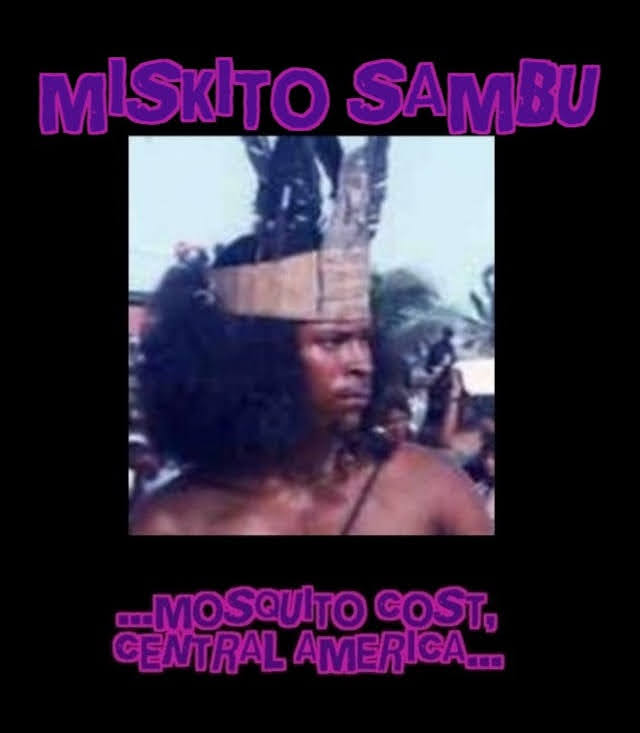ISSACHAR MIskitu Sambu…..
The Miskito Sambu, also known simply as the Miskito, are an ethnic group of mixed cultural ancestry (African-Indigenous American) occupying a portion of the Caribbean coast of Central America (particularly on the Atlantic coasts of Honduras and Nicaragua) known as the Mosquito Coast region. Although older records, beginning with Spanish documents of the early 18th century, refer to the group as “Mosquitos Zambos”, modern ethnographic terminology uses the term Miskito.According to early accounts, slaves traveling on a slave ship revolted and took the ship over, but wrecked it near Cape Gracias a Dios, though they disagree on the impact the arrival of these Africans had on the local people, and how they were received. When Alexander Exquemelin, the first and earliest visitor (in c 1671) to the coast to describe the origins of the Miskito Sambu believed that the local people enslaved the Africans anew,[1] while a slightly later account (1688) by the Sieur Raveneau de Lussan, thought that the local people received the Africans hospitably and married with them.[2][3]
Sources written later still give different accounts. The bishop of Nicaragua, Benito Garret y Arlovi writing in 1711, but basing himself on reports by missionaries who worked in Nueva Segovia and Chontales as well as the testimony of an “ancient” former slave named Juan Ramón, said that the Africans violently overthrew their hosts, and intermarried with their women.[4]
The date and circumstances of the shipwreck are also uncertain. Bishop Garret y Arlovi related that the ship wrecked in 1641, while an English buccaneer only known as M. W., writing in 1699 mentions two different dates in two different places: in one instance he places it as 50 years earlier (or 1649) while in another he places it 60 years earlier (1639), which might mean that his informants told him contradictory information, or that there were two shipwrecks.

